229 CD / Tube Only Favourites
Description
„… Man hat eiskalte Fürsten und Hofdamen weinen gesehen, wenn er ein Adagio spielte. Ihm selbst tropften oft unter dem Spielen, Thränen auf die Geige … Sein Strich war langsam und feierlich; doch riß er nicht, wie Tartini, die Noten mit der Wurzel heraus, sondern küsste nur ihre Spitzen. Er stackierte ganz langsam, und jede Note schien ein Blutstropfen zu seyn, der aus der gefühlvollsten Seele floß.“
Wolfgang Wendel has dug up such quotes for the booklet text of this CD. This one is about Pietro Nardini, but somehow it also applies to Daniel Gaede, sensitively accompanied by Wolfgang Kühnl. Well, maybe not the tears part... But the sensitivity of Gaede's violin playing can hardly be described. In addition, there are some unusual encore pieces to discover, for example by Shostakovich, Korngold or Josef Suk. A record to enjoy for music connoisseurs and lovers, not least for friends of the warm, nostalgic tube sound.
5 reviews for 229 CD / Tube Only Favourites
You must be logged in to post a review.
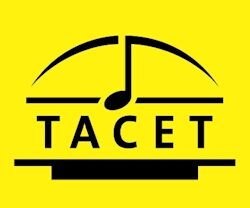
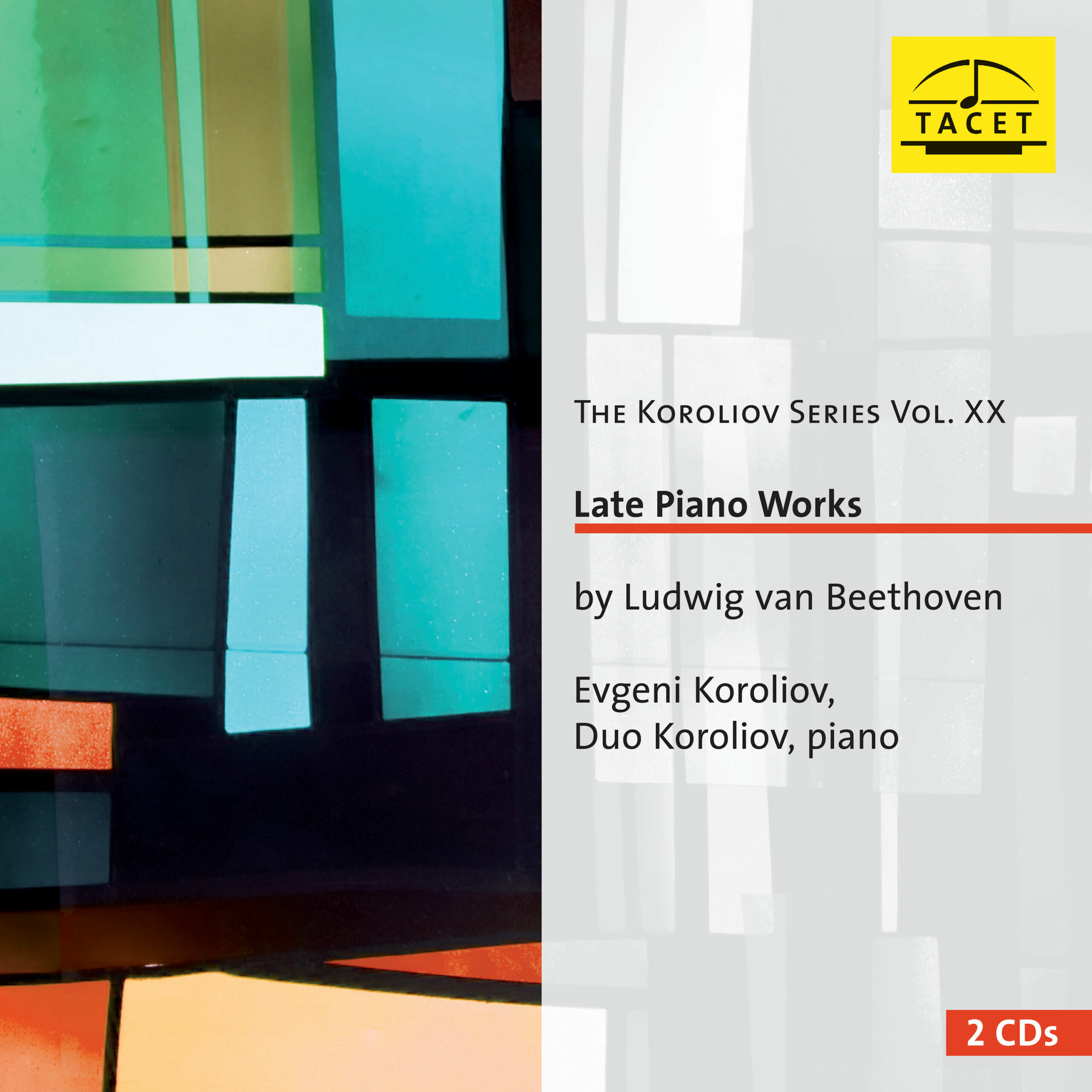
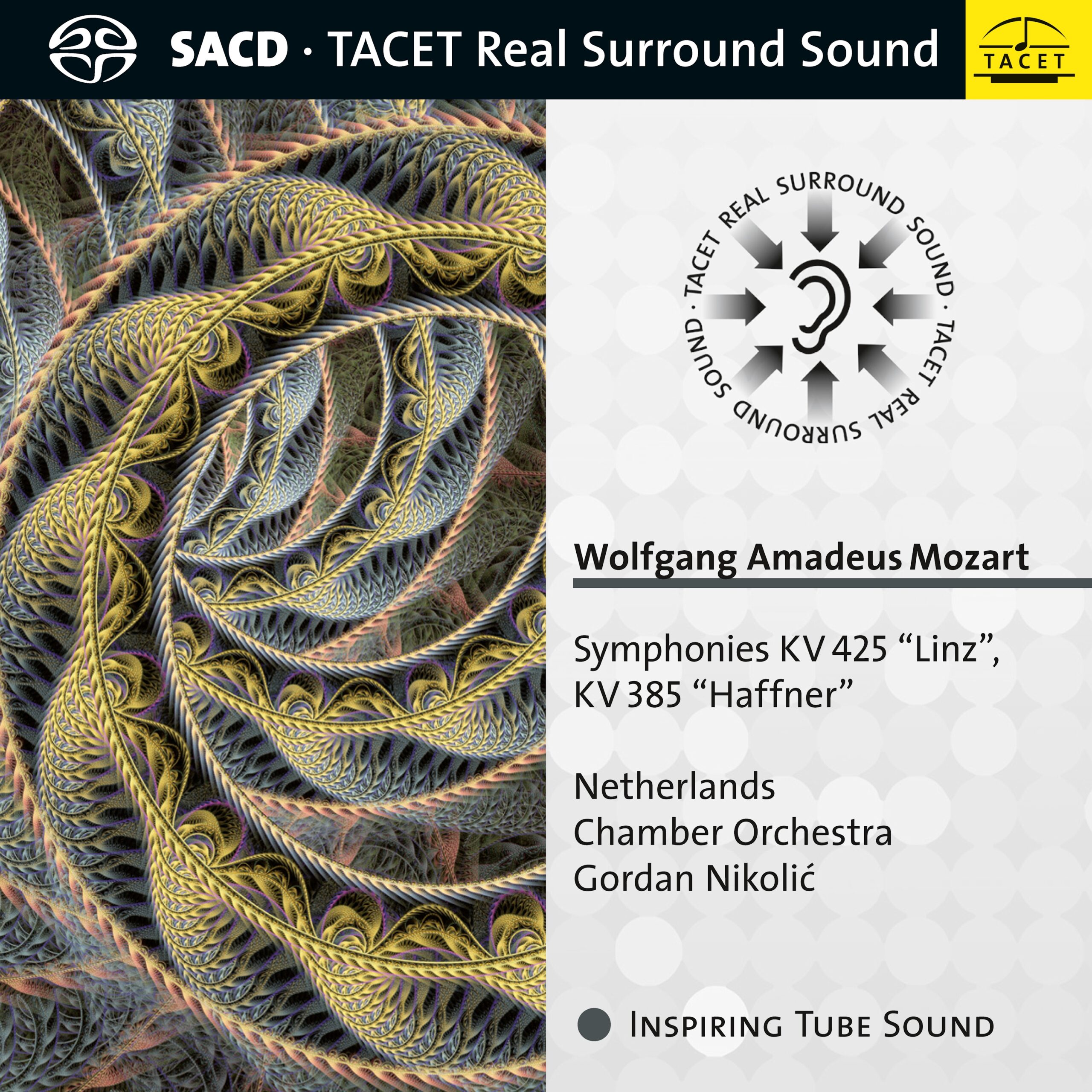
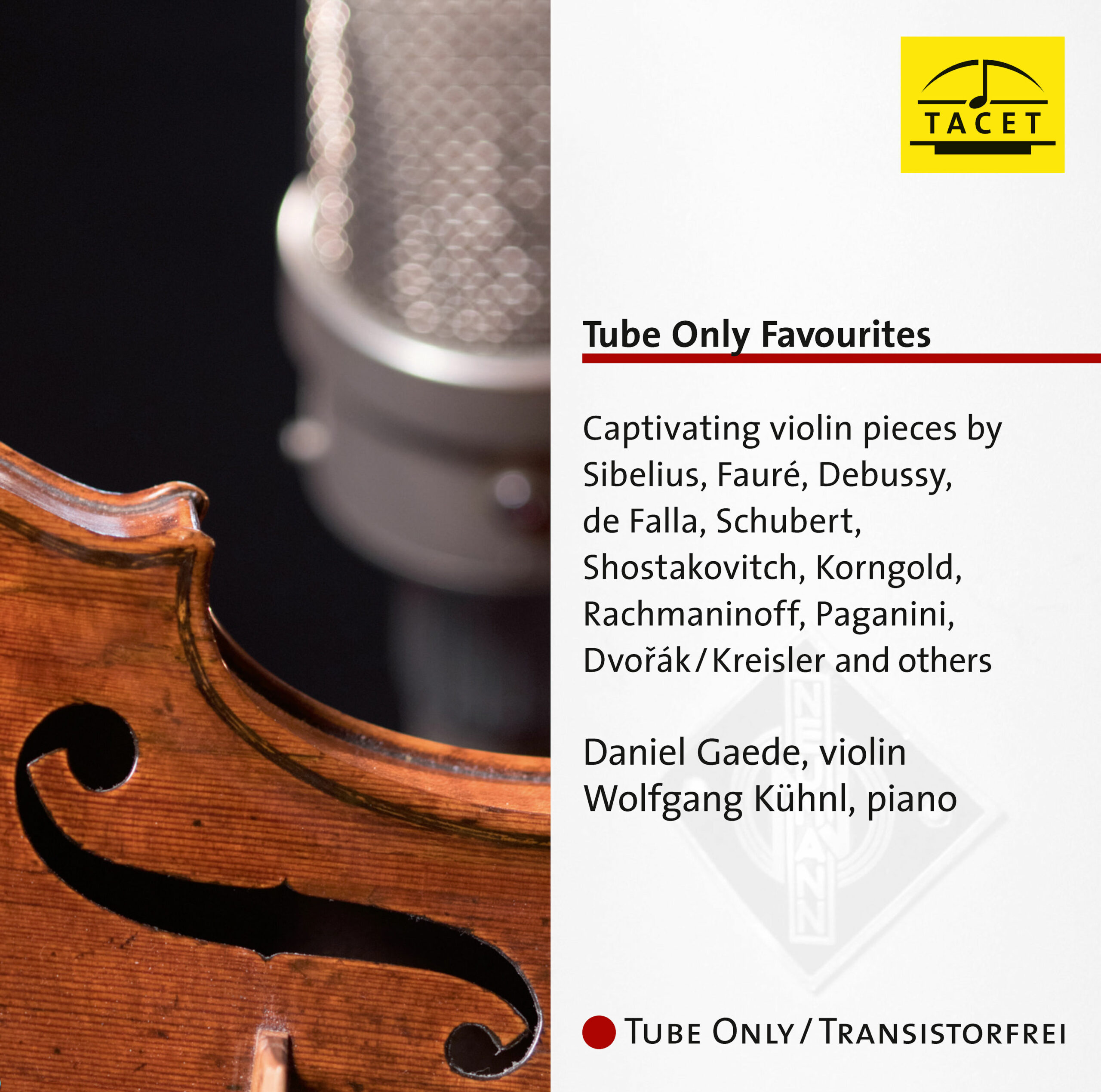
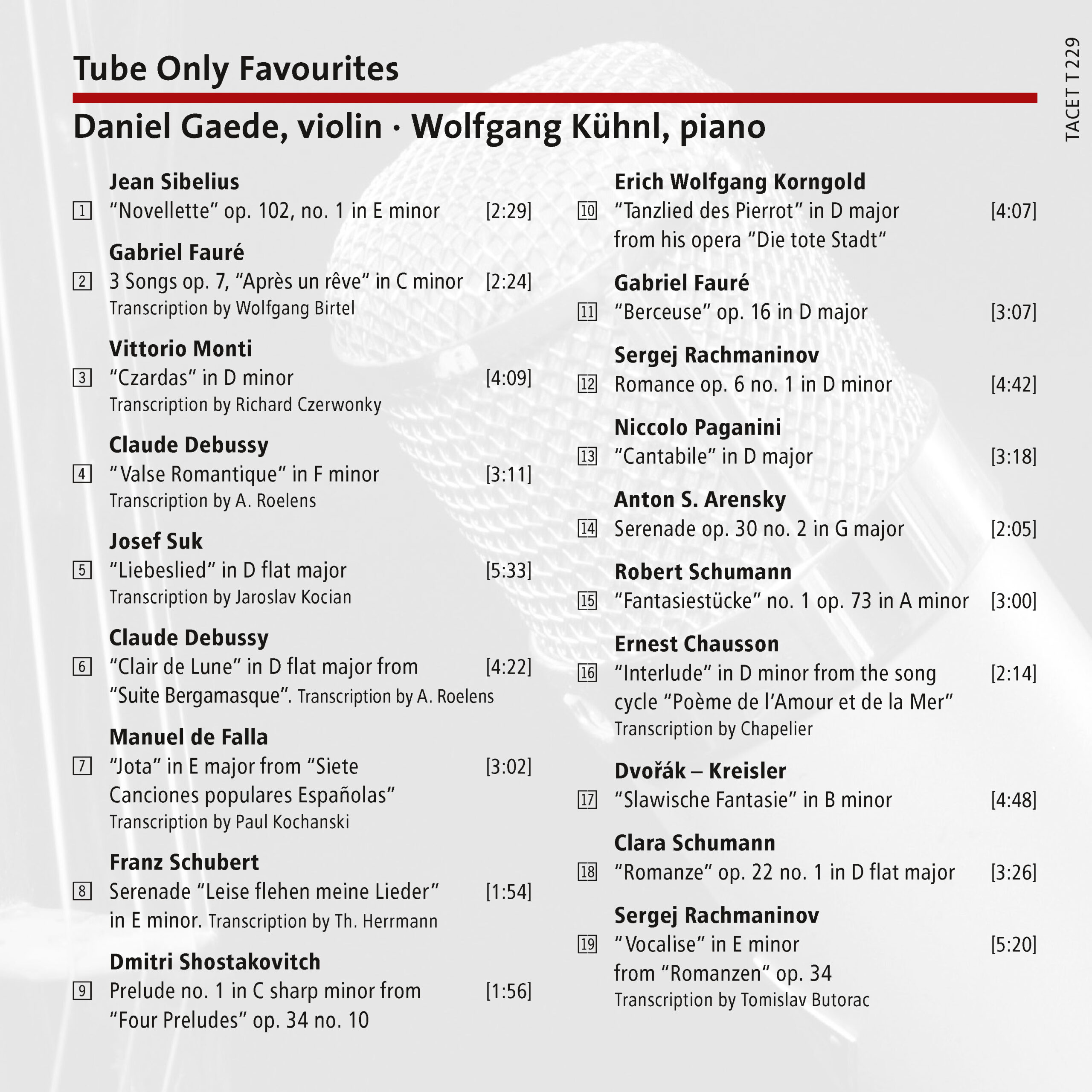



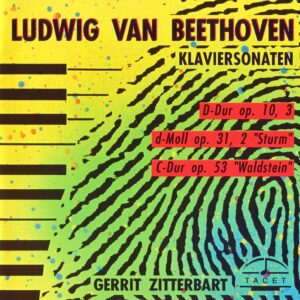
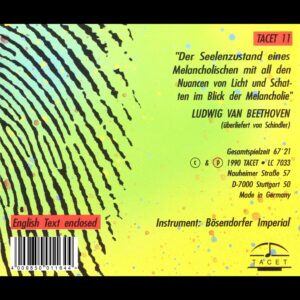
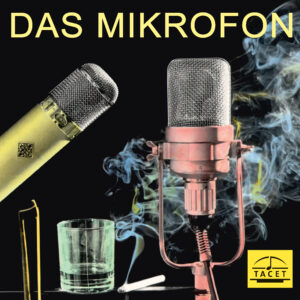
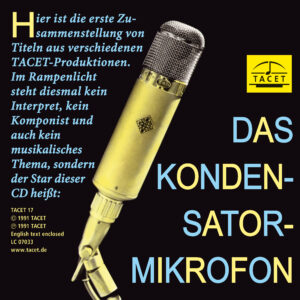
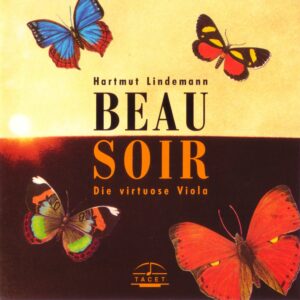
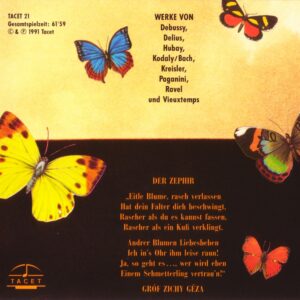
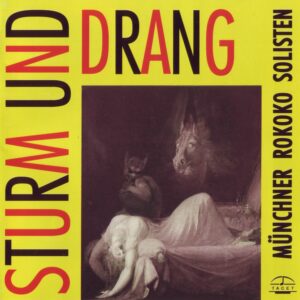
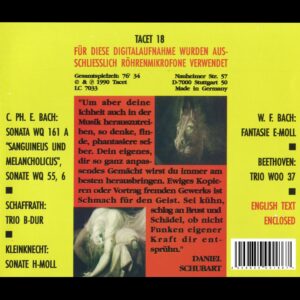
American Record Guide –
“Tubes Only Favorites”? What’s this, RCA tubes, socks, tires, department store vacuum tube systems? No, it about making recordings using only equipment made with good oldfashioned tubes—microphones, amplifiers, pre-amps, faders, recording equipment. Yes, I was skeptical too, knowing that good recordings depend on many other factors as well— halls, mike placement, and all the production steps that affect what we actually put into our players. But once I started listening, all skepticism vanished. This is without question the smoothest sounding album I have heard in years. And the mike placement is perfect, with a warm balanced set-it-and-forget-it sound.
On top of that, when I was done listening, my spouse who was ironing simply said, “That one’s a keeper, isn’t it!” Gaede is the former concertmaster of the Vienna Philharmonic, Kühnl is pianist for orchestras in Berlin, and here they make a stunning hand-in-glove team.
Sibelius‘ Novelle, Op. 120:1, und Faurés „Apres un Reve“ sind langgezogen und lyrisch fließend mit reichem Klangfarben und subtilem Rubato. Das Duo verwandelt Vittorio Montis berühmte Czardas in einen altmodischen „My Darling Babushka“-Fußstampf mit Momenten von Rezitativ und Portamento. Ihre straffen Rhythmen und ihr vollendeter Stil sind einzigartig. Diese Bearbeitungen von Debussys „Valse Romantique“ und insbesondere „Clair de Lune“ sind exquisit gespielt; Ich hörte aufmerksam zu, wie sich beide Künstler um die Melodieführung des anderen wickeln.
Fallas „Jota“ wechselt von einem Schimmern über ein leichtes Glissando zu einer Tour de Force mit einigen Geigenstücken, die gespenstisch auf dem Steg gespielt werden. Schuberts Serenade „Leise Flehen Meine Lieder“ hat ein solches Potenzial für Schwermut, aber hier bewegt sie sich aufmerksam und elegant. Im Prelude, Op. 34:1 von Shostakovich holt die Violine die Melancholie mit Doppelgriffen wunderschön heraus. Faurés „Berceuse“ ist die perfekte Fortsetzung zu „Pierrots Tanzlied“ aus Korngolds Tote Stadt – dieselbe Tonart, aber im Kontrast zwischen Helligkeit und Dunkelheit. Und Paganinis „Cantabile“ ist die perfekte Fortsetzung zu Rachmaninoffs Romanze, Op. 6:1. Gaede und Kühnl hüllen den Rachmaninoff in Melancholie, Rubato und tiefe Emotionen und machen ihn zu einer Aussage. Beim Paganini hören Sie Kühnls obligates Spiel – unendliche Vielfalt, keine Monotonie, und was für eine wunderbar einfallsreiche, geschmeidige (improvisierte?) Coda.
Arensky’s Serenade, Op. 30:2 is straight out of Sardi’s, as everyone gradually puts down their silverware and can’t help but listen. And listen to the breadth of violin shading and expression in Schumann’s Fantasiestücke, Op. 73:1—”hear ‘em again for the first time”!
I’ve heard Kreisler’s arrangement of Dvorak’s ‘Slavonic Fantasy’ a hundred times but never as lovely as this, in both instruments. Clara Schumann’s Romance, Op. 22:1, is not especially outstanding. The only real disappointment is the final selection, Rachmaninoff’s ‘Vocalise’. It was recorded apart from the other 18 selections; the sound is not as resonant— more air is needed around both instruments. Nor is the performance as inspired: no portamentos in the violin, the transcription seems thin, and at 5:20 its full length is cut short.
Forget those last two selections, 9 minutes out of 66. As my spouse said, “This one’s a keeper.”
FRENCH, American Record Guide
Badische Neueste Nachrichten –
(…) High violin artistry and musical taste come together here.
Claus Walters
Pizzicato –
--> original review
Short pieces are often dismissed as mere encores, easily overlooked. And if one expects anything, it is usually virtuosic. The realization that these are valuable, artistically (and sometimes technically) demanding works only unfolds for those who take the time to explore this world with patience and love.
The phenomenon goes beyond these 'trifles.' Those who play music only technically, without heart and mind, are interchangeable and are perceived as such. Unfortunately, in the music industry (the term 'industry' itself is indicative), this is the predominant majority today.
In contrast, this compilation of 19 pieces is an event that may not immediately reveal itself. Upon first listening, the consumer may miss the assertive, polished, and overtly flashy elements. However, if they take the time to become a listener themselves, develop their own inner calm, and let the music unfold, they will enjoy the beauty and richness of this recording.
With the former concertmaster of the Vienna Philharmonic and the violinist of the Gaede String Trio, an artist has opened his heart here. Away from the glimmer of events but also far from sentimental gestures, he has presented a lean yet powerful interpretation of these gems that simply deserves the highest praise.
Daniel Gaede is excellently supported in two respects: first, by his partner on the piano, Wolfgang Kühnl. Kühnl successfully achieves a balance between accompanist and an equally significant artist who actively contributes to the intense dialogue between the two partners. Secondly, there is the technology of tube recordings. The series of transistor-free recordings produced by the label Tacet has created an exemplary sound image in this case.
Uwe Krusch
Klassik heute –
--> original review
At Tacet, once again, they have "delved even deeper into the stock of historical equipment" for this musically highly entertaining compilation. For connoisseurs, the recording chain is worth mentioning: "6 tube microphones (2 Neumann U 47, 2 Neumann U 67, 2 Neumann M 49) – mixing console with 10 tube preamplifiers V 72 and 10 passive controls W 68 for individual tracks as well as 2 additional W 68 and V 72 for sum amplification – recording (tube tape recorder Telefunken M 10 for the LP and parallel A/D conversion for the digital medium)." This is the technical background, or foreground, for Daniel Gaede's second Tacet release that I am aware of, featuring virtuoso, elegiac, and dance-like, but above all, very popular pieces for violin and piano (see and hear Tacet 117!). His playing is indeed vividly captured by the recording direction, spatially intimate yet generous, colorful, and well-balanced in harmony with the assisting or chamber-music-like equal piano.
As the interpreter of a total of 19 small-format pieces, Daniel Gaede proves to be an adept communicator in various musical languages and specialties. For the technically more brilliant, rhythmically conspicuous themes (Monti, de Falla), he has ample reserves to cleanly and yet enticingly set the tempo. In the realm of violinistic sentiment on the level of love songs (Suk) or in the direction of lullabies (Fauré), he effortlessly manages to tune the listener into the current situation with a round, healthy, and never sentimental tone. In collaboration with the experienced chamber music and orchestral pianist Wolfgang Kühnl, recordings of serious elasticity and great clarity in thematic definition have emerged under these circumstances. An advantage for this production is also that, in addition to the hits of the violin encore and entertainment industry, rarities have been ventured. For example, Korngold's "Tanzlied des Pierrot" from the opera Die tote Stadt, Rachmaninoff's Romance op. 6,1, Arensky's Serenade op. 30,2, or Herrmann's arrangement of Schubert's Serenade. In short, not only a transistor-free but also an instructive and sonically sensitive pleasure!
Peter Cossé
Audio –
Small pieces, very grand!